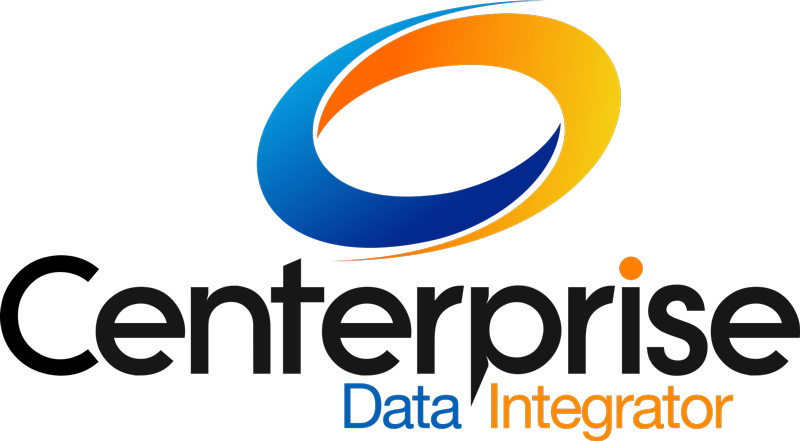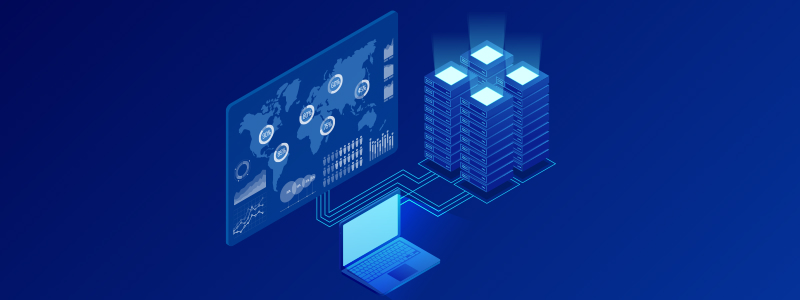Nowadays, enterprise software is used almost everywhere and at different levels within organizations. It is the lifeblood of most IT departments. One dilemma that tech company leaders face is whether to build a business solution (i.e. custom software) from scratch or to buy commercial, off-the-shelf (COTS) products and mold them according to business requirements.
Some key points when deciding whether to buy or build software are:
- The core business requirements, the scope of the problem in question, and the how complex the solution should be in order to fit the business needs and size
- Available resources and skills in terms of people, software, hardware, tools, etc. capable of building, maintaining, and supporting the business solution
- The amount of time required to develop the solution in-house
Companies that decide to build their own solution tend to overlook issues and expenses, such as:
- Replacing existing technology, adding features and functionality to a legacy system is extremely tough and a complete reengineering and rebuilding of business solutions may be needed
- A learning curve always comes with building a new software or recruiting additional people with specific skills to build in-house solutions
- Higher costs and potentially longer implementation compared to integrating COTS products
One of the biggest software building failure stories is the Bank of America’s MasterNet case study. According to “The Incremental Commitment Spiral Model: Principles and Practices for Successful Systems and Software” by Barry Boehm, Jo Ann Lane, Supannika Koolmanojwong, and Richard Turner:
“In the 1950s and 1960s, Bank of America (BofA) was the leading pioneer in banking automation with its electronic check processing capability. Subsequent BofA leaders had other interests, allowing BofA’s banking automation capabilities to degrade over time. In 1981, BofA’s new president, Sam Armacost, had an agenda to regain its automation leadership by “leapfrogging into the 1990s.” After an in-house effort that spent $6 million and failed to develop a workable trust management system, Armacost appointed a new executive vice president of the trust management department, Clyde Claus, with the charge of either modernizing the department or discontinuing it.
“…[However,] system problems continued…[and] clients began dropping off, with BofA’s base dwindling from 800 to 700 accounts and from $38 billion to $34 billion in institutional assets.… Eventually, in May 1988, BofA transferred its whole trust business to other banks, after an overall expenditure of $80 million and more than four years of project effort. The previous president, Tom Clausen, replaced Armacost in late 1986, and Claus resigned in October 1987.”
Advantages abound in buying COTS products and then customizing them. Some of the pros of buying software are:
- Lower up-front costs
- Clear and definite processes available for customization
- Ready-made solutions available immediately
- Less time has to be spent on customization and getting a product into the market
- Readily available customer support
Although buying software may cost more than building a solution at the outset, it does provide better ROI over the long term.
Astera Software provides powerful, commercial, off-the shelf data extraction, integration and processing software including ETL tools which can be easily integrated and adapted by enterprises and companies to reduce time and effort required to perform data extracting and processing tasks and in turn improve revenue.
Some of Astera’s available software include:

- Centerprise Data Integrator delivers a powerful, scalable, high-performance, and affordable integration platform that is easy to use and cost friendly. It is robust enough to overcome even the biggest and most complex data integration challenges. A complete data integration solution, Centerprise includes data integration, data transformation, data quality, and data profiling in a flexible environment that enables users to choose from multiple integration scenarios. It comes with job scheduling and orchestration for automatic scheduling, file drop events, and API calls.

- ReportMiner enables you to extract business data from PDF, TXT, XLXS, XLS, etc. formats. Data can be integrated into the main database system and used in electronic applications for business operations and business intelligence. ReportMiner provides an easy to use interface and helps the user to identify desired data, build the data extraction logic, and save the extracted data in a number of destinations. The best part about this product is that it can be used efficiently by business users with no technical background, but is robust enough for IT professionals.

- EDIConnect is a complete solution for handing EDI documents such as EDI 834 and 837. EDIConnect offers a user friendly and intuitive user interface to accurately and efficiently handle bi-directional EDI data integration. It is scalable and powerful enough to fulfill entire EDI transaction processes.
Astera Software also provides training and support. Customers can learn more about the products, view the demo, and reduce the learning curve. In conclusion, Astera Software provides easy to use, robust and manageable off-the shelf products to support companies and provide them with powerful data mapping, transformation and processing tools that are not only budget-friendly but also have a sizable advantage over building in-house business solutions.






